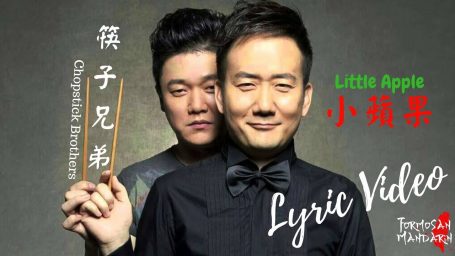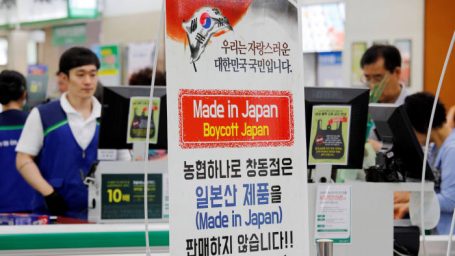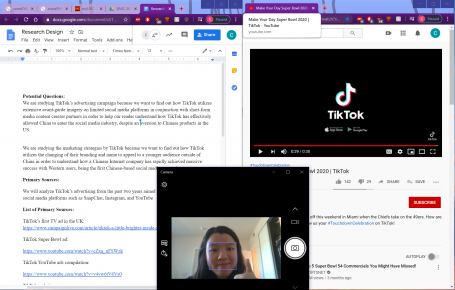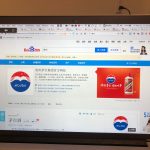Garrett Penderghast
Hello everyone, thanks for keeping up with our online adventures! Now for our fourth day of class we started off with listening to an incredibly peppy song called “Little Apple” by the Chopstick Brothers. Keegan said that he knows a workout routine to this song and he would show us in class sometime soon, so be on the lookout for when that happens! As we moved into the lecture portion of our class, we also had a much deeper introduction to Professor Sheehan. He told us about his life and the winding path he took to become an accomplished and active member of the USC community. I am sure that we all have a deepened appreciation for Professor Sheehan now as we move forward with our studies in the program!
Transitioning into the information phase of the lecture, Professor discussed the global issues of the 1920s to the 1940s and how these events affected China’s international footprint during this time. Major highlights of international events included the Great Depression, the growth of the Japanese Empire, and World War II. Then after receiving a recap of the international contexts, we dove into China’s domestic history in this period! This was mainly characterized by the development of major party influence by both the Chinese Communist Party (CCP) and the Nationalist Party (GMD). Very interesting!
As we finished our historical lecture, Keegan shared with us the long-awaited dance routine for “Little Apple.” This proved to be a great pick-me-up as we continued into our discussion of the readings. The first chapter focused heavily on the idea of brand acquisition while the second chapter discussed the importance of overcoming negative country stereotypes and building positive national associations to certain brands. Our post-reading conversations were fairly interesting as we were able to bring real-life examples to help us understand the readings. One specific instance was when Sean talked about how his mother used to boycott Japanese products because of some tensions between Japan and Korea at the time. This situation is a real-world example of how negative country associations can affect the market, and this allowed us to see how these associations have a significant impact on international brands.
Now as we began to wrap up the lecture, Professor Sheehan split us up into our research project groups to establish what we want to pursue in our projects. The groups that have been formed so far have been focused on discussing TikTok, Fast Fashion efforts, Snacks/food, and Tencent! My specific group is looking to research how Tencent is advertising its product, League of Legends, to an American population. At this point, we are still trying to figure out exactly how we will analyze Tencent’s advertising of League of Legends, but we want to focus on the cinematic videos that have been published by Tencent and see if there are common themes being presented that may be appealing to an American audience. Progress is being made on all fronts and I am sure that all of our projects will turn out amazing!
Thanks again everyone for stopping by and I look forward to more days of interesting discussion and learning as we continue with our EASC China course. Be on the lookout for our research projects at the end of this course, I am sure that you will be blown away by what we find! See you all again soon!
Here is an update from the class:
- Jay playing a TikTok of Will Smith for the class. Don’t get your memory wiped!
- Victoria letting us know that she is all about that Shein life!
- Katina showing off her research of Moutai marketing campaigns!







